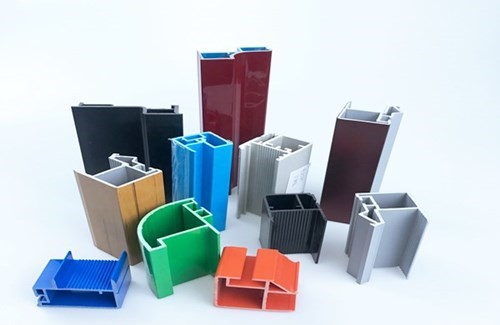A flexible and popular production technique, extrusion prototyping is essential to the realization of creative items. The precise selection of materials is important to the success of any extrusion prototype effort. Selecting the appropriate materials necessitates a sophisticated knowledge of the specifications of the project, the properties of various materials, and the particular advantages they offer the prototype process. This remains true whether you choose extrusion prototyping or injection molding for your prototyping needs.

Determine Your Project Requirements
Establishing precise project criteria is essential before exploring material possibilities for your extrusion prototyping project. Take into account elements like the intended use of the final product, the environment it will encounter, the strength and durability requirements, and any particular legal requirements that must be fulfilled. This first step will lay the groundwork for a well-informed material selection process.
Consider Material Properties
Different materials have unique qualities that can make a big difference in how well your extrusion prototype project turns out. For instance, aluminum extrusion prototyping is renowned for being both lightweight and sturdy, which makes it appropriate for a variety of uses. Conversely, plastic extrusion prototyping is more cost-effective for some tasks and provides a range of colors and design flexibility.
Assess Compatibility with Extrusion Process
Not every material can be used in the extrusion process. It is critical to take into account the particular needs and limitations of the extrusion technique you have selected. Certain materials could provide particular difficulties during the extrusion process, such as temperature sensitivity or fluidity problems. To get the best results, choose materials that work well with the extrusion method you have chosen.
Evaluate Availability and Cost
Every prototype project must take budgetary factors into account. Evaluate the cost of materials, accounting for both the cost of processing and the cost of raw materials. Take into account if the selected materials are available in the quantity needed for your project. To guarantee the viability of your prototype endeavor, quality and affordability must be balanced.
Explore Combinations of Materials
There are situations when a mix of materials will be the best option. Combining aluminum and plastic extrusion is one example of a hybrid technique that might offer a balance between strength, flexibility, and affordability. Examine the possible benefits of utilizing distinct materials in different areas of your prototype in order to satisfy particular performance requirements.
Prioritize Sustainability
Sustainability is becoming a more important consideration when choosing materials. Think about how your materials will affect the environment and look into recyclable, environmentally friendly, or renewable resource possibilities. Setting sustainability as a top priority will not only support ethical issues but also make your finished product more appealing to people who care about the environment.
Choosing the appropriate materials for extrusion prototyping necessitates a thorough examination of the project specifications, material characteristics, suitability for the extrusion process, financial constraints, and sustainability concerns. By carefully considering these factors, you may make choices that will lead to effective and successful extrusion prototyping projects.
















